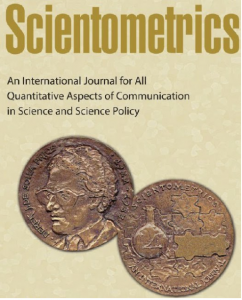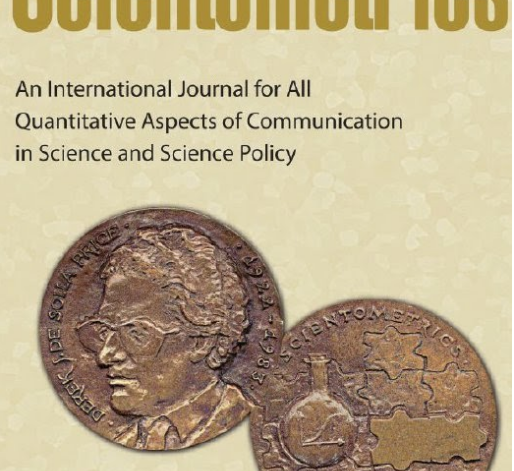“Toward a better scientific collaboration success prediction model through the feature space expansion” by Fahimeh Ghasemian, Kamran Zamanifar, Nasser Ghasem-Aqaee, and Noshir Contractor were published in Scientometrics. The article highlights the problem with the prediction of scientific collaboration success based on the previous collaboration of scholars using machine learning techniques is addressed in this study. As the exploitation of collaboration network is essential in collaborator discovery systems, in this article an attempt is made to understand how to exploit the information embedded in collaboration networks. We benefit the link structure among the scholars and also among the scholars and the concepts to extract set of features that are correlated with the collaboration success and increase the prediction performance. The effect of considering other aggregate methods in addition to average and maximum, for computing the collaboration features based on the feature of the members is examined as well. A dataset extracted from Northwestern University’s SciVal Expert is used for evaluating the proposed approach. The results demonstrate the capability of the proposed collaboration features in order to increase the prediction performance in combination with the widely-used features like h-index and average citation counts. Consequently, the introduced features are appropriate to incorporate in collaborator discovery systems.
You can read the publication here.
Full citation:
Ghasemian, F., Zamanifar, K., Ghasem-Aqaee, N., & Contractor, N. (2016). Toward a better scientific collaboration success prediction model through the feature space expansion. Scientometrics, (1-25). doi: 10.1007/s11192-016-1999-x

![]()

